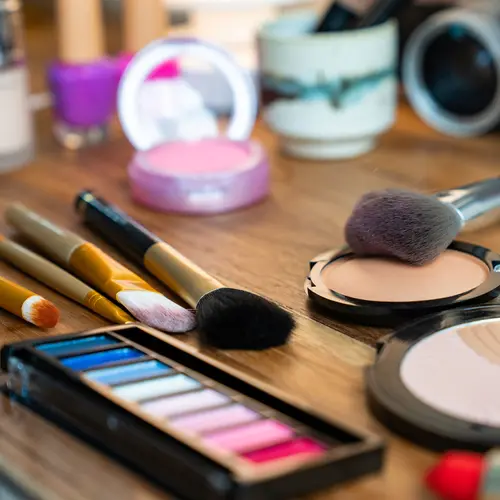Summer's here, and you long for tanned skin. Think you need to spend the summer lazing on the Italian Riviera to achieve that bronze goddess look? Think again!
Not only is that old-school type of sun worship harmful to your health, it's unnecessary thanks to the many sunless tanning lotions now available.
Do-it-yourself sunless tanning lotions come as mousses, lotions, gels, foams, creams, sprays, mists, and towelettes. Salons also offer their own varieties, including the popular airbrush tan. Tans aren't the only thing people are spraying on this summer. Nylon stockings may be a thing of the past as spray-on stockings are now available.
"A good way of achieving a tan without increasing risk of skin cancer is sunless tanning, " says Ariel Ostad, MD, a dermatologist in private practice in New York City. "It's a very safe and quick way of getting tan without any harm."
The same cannot be said of a real suntan. One in five Americans will develop skin cancer during their lifetime. Ultraviolet radiation from the sun, tanning beds, and sun lamps can all cause skin cancer. Five or more sunburns double your risk of developing skin cancer, according to the American Cancer Society.
Even though awareness about the sun's damaging rays and the risk of skin cancer is higher than in recent years, people still crave a tan, new data from the American Academy of Dermatology shows. When asked whether people look better with a tan, 61% of women and 69% of men aged 18 and older said they do. And the majority of women (54%) and men (60%) say that people look healthier when they have a tan.
"Despite the fact that we know that there is no such thing as a safe tan, people still associate bronzed skin with beauty and health," dermatologist Darrell S. Rigel, MD, clinical professor at New York University Medical Center in New York City, said at the AAD's Melanoma/Skin Cancer Detection and Prevention Month event in May 2005.
Which Sunless Tanner Is Best for You?
Fortunately, sunless tanners deliver a perfectly safe tan. The part of the sun is played by dihydroxyacetone (DHA), which reacts with amino acids on the outermost top layer of the skin to produce a tan color.
If you've used a sunless tanner before, chances are you've had some streaking or orange palms, but those days are long gone, thanks to better products and application methods.
"I do think it looks natural if done properly," Orstad says. "But self-tans do fade and you must replenish them every day or every other day to keep that tan look."
Which sunless tanner is for you? With so many on the market, it's a matter of trial and error to find the best product and application method.
- Test a small area first. "A self-tan that may be great on one person makes someone else look orange," says Bruce E. Katz, MD, medical director of the JUVA Skin and Laser Center in New York City. "Do a small area first before you commit and try not to experiment before a major social event," he says.
Remember to wait 24 hours to see how it well it works. If you like it, "you can go as dark as you want with repeated applications," he adds.
How the tanner is applied may make a difference as well, Katz says. "Gels, sprays, and lotions are better for oily skin, and creams and heavy lotions for drier skin types," he says, adding that personal preference also plays a role.
- Exfoliate to remove dead skin. "It's a good idea to exfoliate before you apply any self-tanner," says Rhoda S. Narins, MD, a dermatological surgeon in New York City, and president of the American Society for Dermatologic Surgery. This will reduce the appearance of scaly patches and allow for a smoother application that lasts even longer.
- Tan before bed. Apply the tanner an hour or more before bed, Katz suggests. "Let it dry and wear old clothes, as the tanners will sometimes stain clothing if still moist," he says.
- Start slowly. Build up to your ideal tan, Narins says. "Put it on lightly the first time," she says. "This way you usually don't get streaks because each time you put it on a slightly different way, and you can tell if certain areas are too dry and pick up the color more."
Katz adds that tans from cans typically last three to five days. "There is no way to make them last longer unless you avoid showering to get an extra day or two." he says. In general, the longevity of the tan is due to the turnover of skin cells, not the product.

.jpg?resize=51px:51px&output-quality=75)
